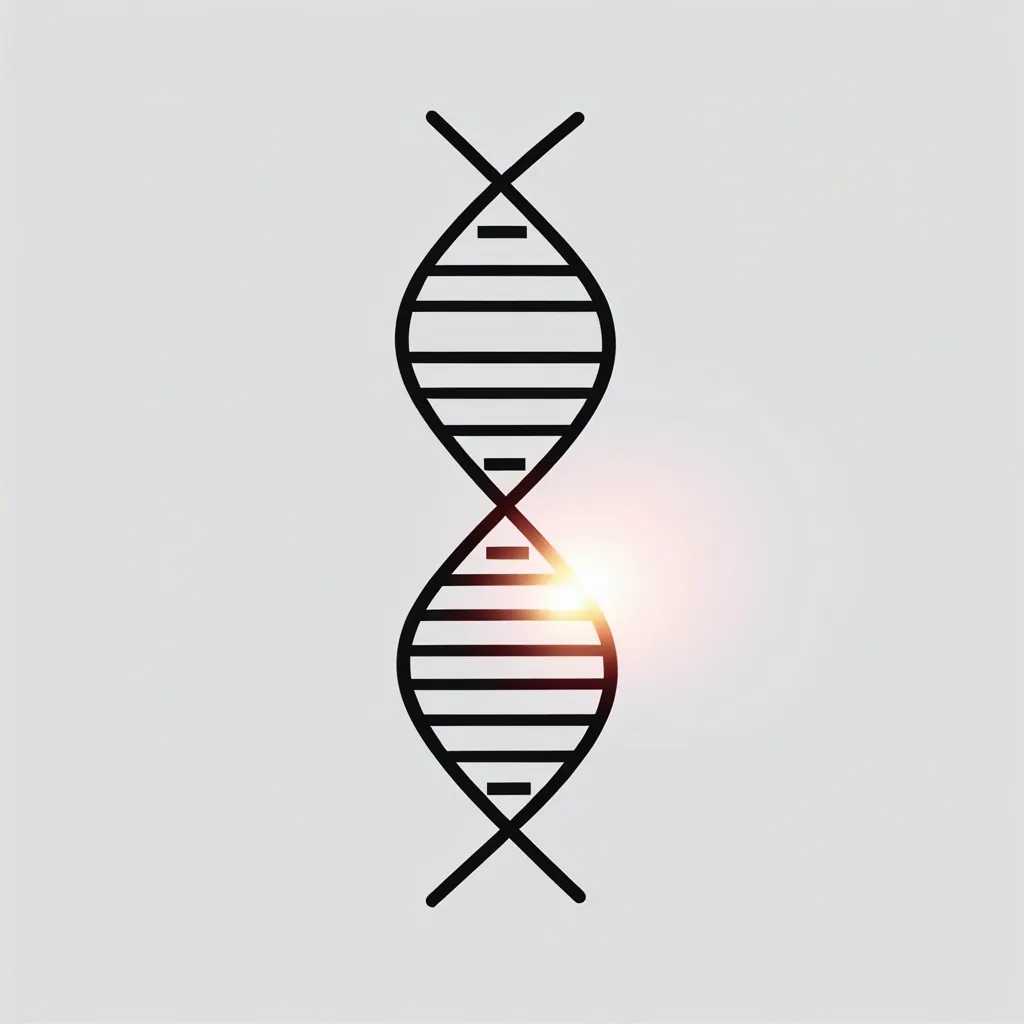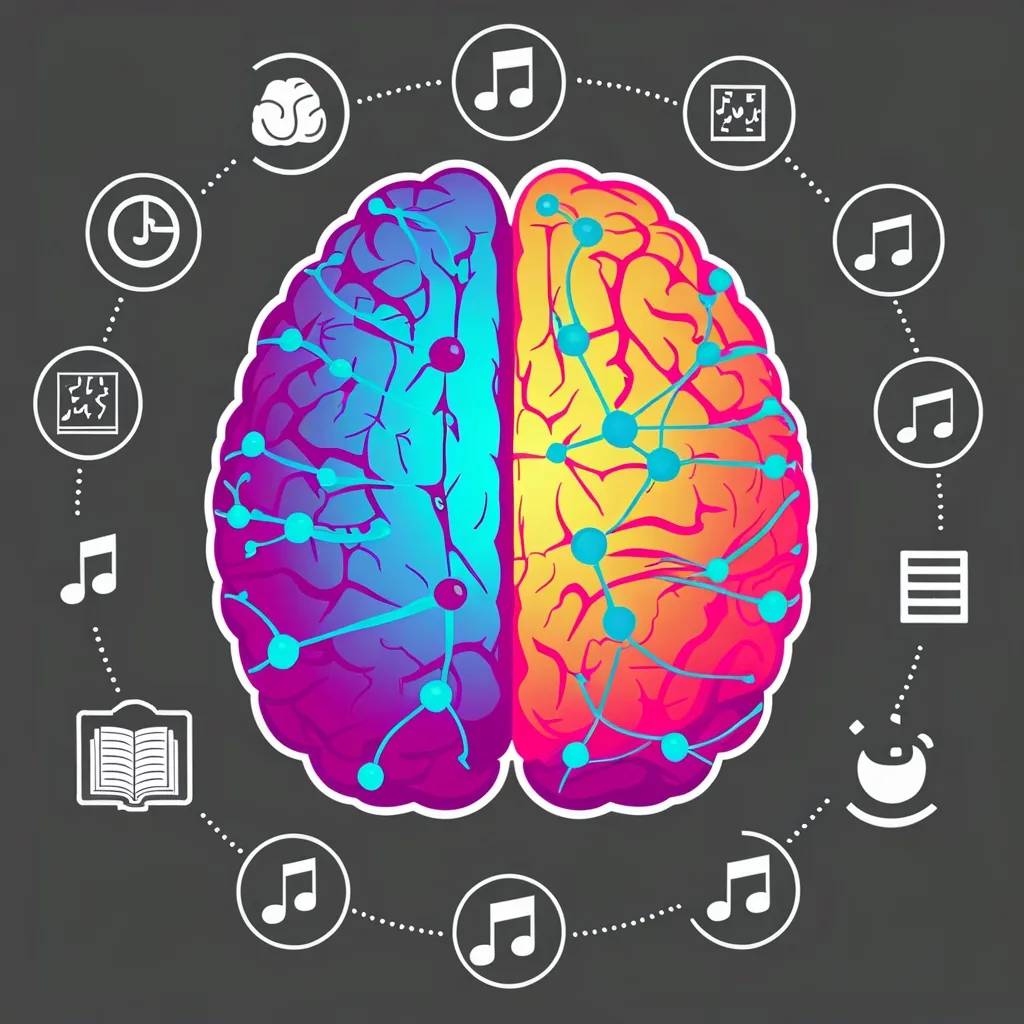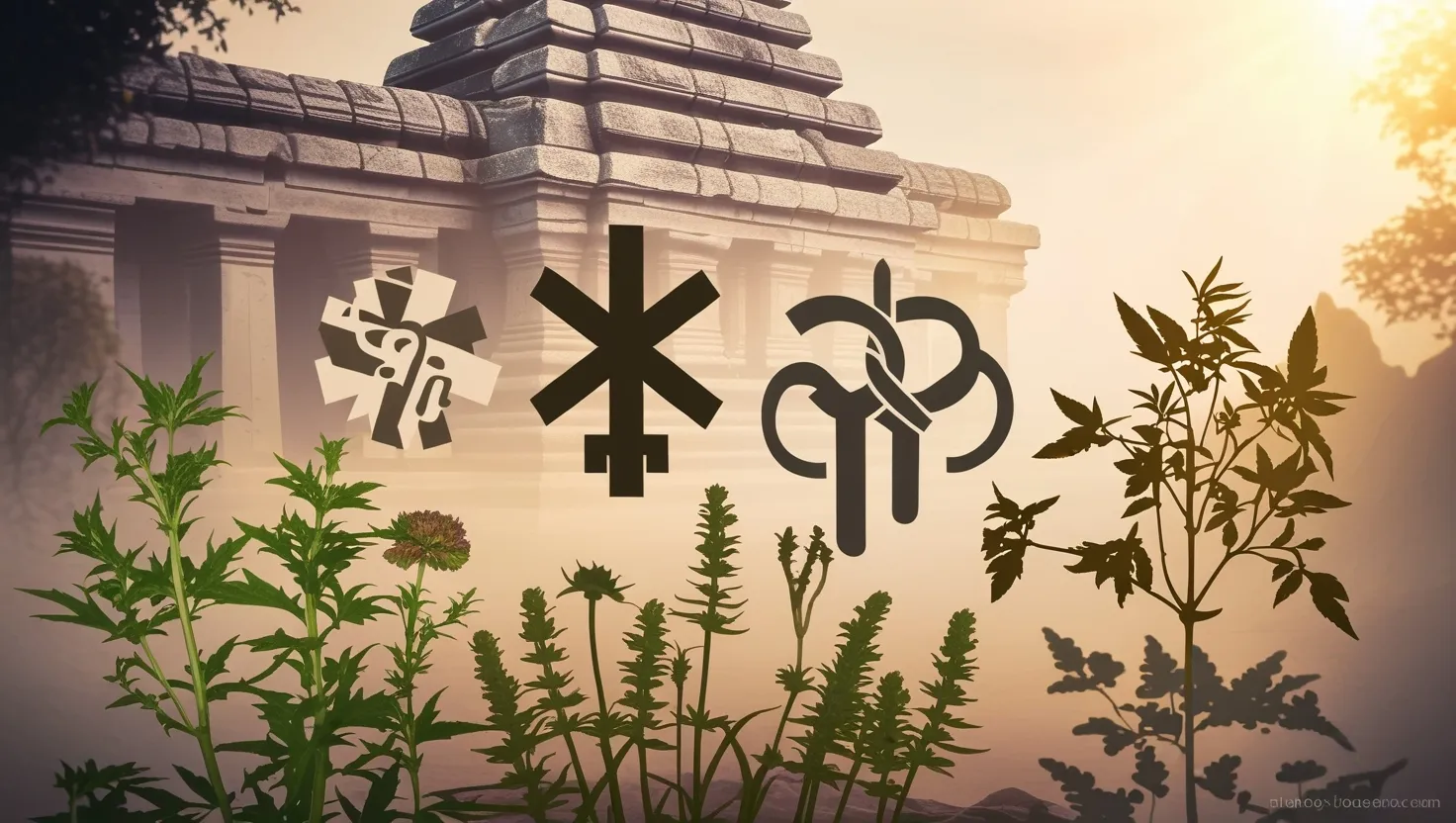CRISPR: The Gene-Editing Revolution Reshaping Medicine
Imagine a world where genetic diseases are a thing of the past, where organ transplants are readily available, and where we can edit our DNA as easily as we edit text on a computer. This isn’t science fiction - it’s the promise of CRISPR, the revolutionary gene-editing technology that’s turning the world of genetics on its head.
CRISPR, short for Clustered Regularly Interspaced Short Palindromic Repeats, sounds like a mouthful, but it’s actually pretty cool when you break it down. It’s like nature’s very own cut-and-paste tool, originally used by bacteria to defend themselves against viruses. Scientists, being the clever folks they are, figured out how to hijack this system and use it to edit genes in all sorts of organisms, including humans.
Now, you might be wondering, “What’s the big deal? We’ve been messing with genes for years, right?” Well, yes, but CRISPR is a game-changer. It’s faster, cheaper, and more precise than anything we’ve had before. It’s like upgrading from a rusty old pair of scissors to a high-tech laser cutter. No wonder the scientists who developed it won the Nobel Prize in Chemistry in 2020!
So, what can we actually do with this fancy new tool? The possibilities are mind-boggling. Let’s start with genetic diseases. Take sickle cell disease, for example. It’s caused by a tiny mistake in a single gene, but it affects millions of people worldwide. With CRISPR, scientists have found a way to target a specific gene that, when tweaked, can help reduce the symptoms of sickle cell disease. It’s like finding the right key to unlock a door that’s been stubbornly shut for years.
But here’s the thing - we’re only scratching the surface of what CRISPR can do. One of the biggest hurdles we face is the lack of diversity in genetics research. Most of our genetic studies have been done on people of European descent, which means we’re missing out on a whole lot of genetic variations in other populations. It’s like trying to write a book about the world’s cuisines but only sampling food from one country. We need to broaden our horizons if we want to truly unlock the potential of CRISPR for everyone.
Now, let’s talk about something really exciting - organ transplants. Imagine being able to grow human-compatible organs in animals. Sounds crazy, right? Well, thanks to CRISPR, it’s becoming a reality. Scientists have successfully transplanted a CRISPR-modified pig kidney into a human patient. This is huge news for the millions of people suffering from kidney disease and waiting for transplants. It’s like finding a way to grow money on trees, except instead of money, it’s life-saving organs.
But wait, there’s more! CRISPR is also showing promise in treating inherited blindness. In a recent clinical trial, CRISPR-based therapy improved the sight of patients with severe early-onset retinal degeneration, including children. Imagine being able to give the gift of sight to a child who’s never seen the world before. It’s nothing short of miraculous.
And it’s not just about treating diseases. CRISPR could be a powerful weapon in our fight against global health threats. Scientists are exploring ways to use CRISPR to improve virus surveillance, develop new vaccines, and even modify crops to enhance food security. They’ve even shown that CRISPR can be used to block mosquitoes from transmitting malaria. It’s like having a swiss army knife for tackling some of the world’s biggest health challenges.
CRISPR is also revolutionizing the way we study diseases. It allows researchers to efficiently create genetic changes in animal models, speeding up the process of understanding how diseases work. This could lead to more targeted treatments for diseases like cancer and heart disease. It’s like having a fast-forward button for scientific research.
Now, I know what you’re thinking. “This all sounds too good to be true. What’s the catch?” Well, you’re right to be skeptical. Like any powerful technology, CRISPR comes with its own set of challenges. One of the biggest concerns is the possibility of off-target effects - unintended edits in parts of the genome we didn’t mean to touch. It’s like trying to perform delicate surgery with a sledgehammer. But don’t worry, scientists are working on more precise tools, like RNA-based editing strategies, to minimize these risks.
There are also important ethical considerations to keep in mind. The ability to edit genes raises questions about where we should draw the line. Should we be allowed to edit embryos to prevent genetic diseases? What about enhancing traits like intelligence or physical appearance? These are tough questions without easy answers, and they’re sparking intense debates in the scientific community and beyond.
Another crucial issue is ensuring equal access to CRISPR technology. We need to make sure that the benefits of this revolutionary tool don’t just go to those who can afford it, but to everyone who needs it. It’s a challenge, but it’s one we need to tackle head-on if we want to truly harness the power of CRISPR for the greater good.
Despite these challenges, the potential of CRISPR is truly staggering. It’s not just changing the way we treat diseases - it’s changing the way we think about genetics and what’s possible in medicine. We’re standing on the brink of a new era in healthcare, where genetic diseases could become a thing of the past, where personalized treatments are the norm, and where we have powerful new tools to tackle global health challenges.
The story of CRISPR is a testament to human ingenuity and the power of scientific curiosity. It started with scientists studying how bacteria defend themselves against viruses, and it’s led to a technology that could potentially cure genetic diseases, provide organs for transplant, and even help us fight global pandemics. It’s a reminder of how basic research, even into seemingly obscure topics, can lead to world-changing discoveries.
As we continue to explore and refine CRISPR technology, we’re not just pushing the boundaries of what’s possible in genetics - we’re redefining them. We’re opening up new frontiers in medicine, challenging our understanding of biology, and grappling with profound ethical questions about the nature of life itself.
The CRISPR revolution is just beginning, and its full impact is yet to be seen. But one thing is clear - it’s going to change the world in ways we can hardly imagine. From treating rare genetic diseases to tackling global health challenges, from revolutionizing organ transplants to accelerating scientific research, CRISPR is ushering in a new era of possibility in medicine and biology.
So, the next time you hear about CRISPR in the news, pay attention. You’re witnessing history in the making - a scientific revolution that could transform healthcare as we know it. It’s an exciting time to be alive, and who knows? The next breakthrough could be just around the corner. The future of medicine is being written right now, one gene at a time, and CRISPR is holding the pen.






